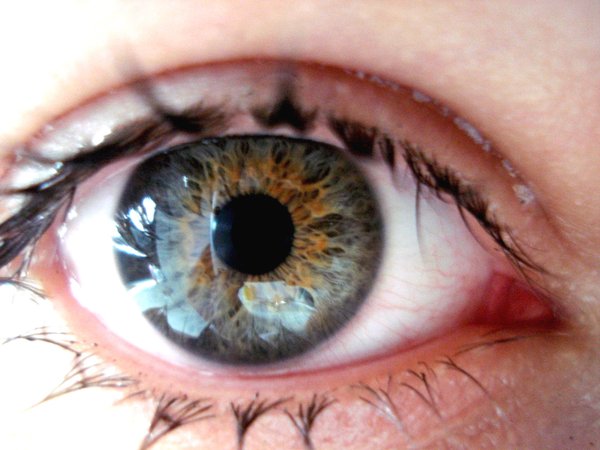
Tears help to lubricate eyes and eliminate particles which accumulate, thus protecting our eyes and providing us with clear vision. Watery eyes occur due to impairment or disruption in the drainage system of tears. Watery eyes or Epiphora (increased tearing) occurs due to increased production or overflow of tears or any blockage in the flow of tears. A slight blurring and irritation in the eyes can result due to the excess film formed due to watery eyes. Even though the condition is not serious, it causes discomfort, so it is better to get yourself treated. Abnormal and increased tearing can be mild or can be prolonged.
It is advised to consult a doctor, if the watery discharge is continuous, if there is pain in the eye accompanied with redness, tenderness near the nose etc.
Your doctor may inquire about different symptoms, their duration, history of allergy or vision problems etc. Anti-histamines, eye-drops and antibiotics are prescribed for relief. The causes can vary from allergy to problems in the eyelid and so on. Treatment can be started after finding the cause for watery eyes.
Causes of watery eyes
The causes can be some kind of allergy, blockage of duct, conjunctivitis, presence of foreign particles and other irritants, infections etc. Many common to chronic causes are associated with watery eyes. More common causes include itching due to irritants, allergy, conjunctivitis (inflammation of the conjunctiva), hay fever etc. Some problems related to the nasal cavity and sinuses also cause watery eyes. More chronic causes are associated with injury to the cranial nerve, some autoimmune conditions, a condition called Blepharitis (inflammation of the eyelids), and some inborn anatomical abnormalities in the eyelids like clogged glands – located on the upper and lower eye lids. Persistent watery eyes can also be due to the lodging of a foreign body in the eye. Obstruction of the naso-lacrimal duct also prevents the normal drainage of tears. Increase in tear production is commonly seen in older people without a problem as such. A narrow tear duct in some infants can cause watery eyes, most of such cases rectify with age. A common cause like having a cold or chronic sinusitis also causes watery eyes. In the case of allergies, histamine is released by your body which causes mild Epiphora or Watery eyes.
Another common cause for excess tear production or watery eyes is Dry Eye Syndrome. In this condition, there is constant itching, inflammation in the eyes. This in turn stimulates the body to form “Reflex Tears”. Eye drops when used, further worsen the condition by causing the natural lubricant secreted by the eyes, to be washed away.
Eye allergies can be hereditary in some cases; your eyes may be reacting to a particular substance perceiving it as harmful, even though it may not be.
Symptoms
Different symptoms basing on the cause like irritation or severe itching in the eyes, burning sensation, pain, redness, puffiness and swelling, sensitivity to light can occur. Watery eyes with constant itchiness can be due to allergy. Prolonged tearing from the eyes can lead to eye strain. Symptoms like pain along with mucus or pus discharge, needs prompt medical advice. Tenderness near the nose area (near the sinus) is also seen in some cases. Vomiting can occur in certain cases of prolonged watery discharge with severe pain in the eyes. In some cases, eye discharge with traces of blood is also seen. Temporary vision problems such as slight blurring can occur as a result of the extra-film of tears affecting the entry of light. Swelling, especially in the corner of both eyes, can also be seen some times. Runny nose is a common symptom as the tears flow through the nasal cavity, and this symptom is seen even when there is no problem with the tear drainage duct.
Treatment options for Epiphora
Diagnosis is made after a detailed physical examination and carrying out some tests like dilatation and irrigation (syringing), Johne’s dye test, Schirmer’s test, dacryocystogram and lacrimal scintillogram, tear specimen test. In case of blockage, a probe may be required for testing and a minor surgery can sometimes fix eyelid problems.
Once the cause is established, treatment can be initiated. Basing on the cause, different topical and systemic antibiotics (for infections in the eyes), anti-histamines (Topical), corticosteroids to reduce allergy and inflammation etc are given. Minor surgery is done in cases when there is a problem with eyelid position and to clear blockages. No treatment is required for very mild cases.
It is always better to protect your eyes from the harsh rays; foreign particles etc by shielding with wraparound sun glasses and minimizing exposure to allergens. Such basic precautions can go a long way in protecting the ever sensitive eyes.




